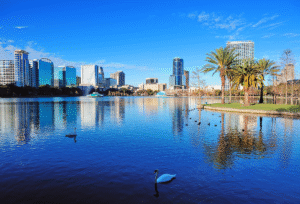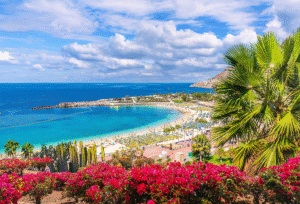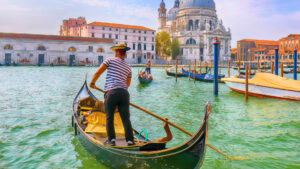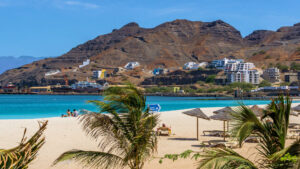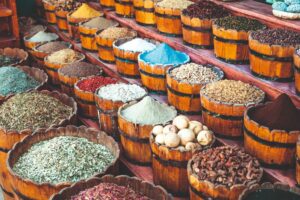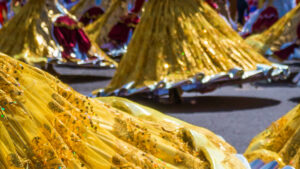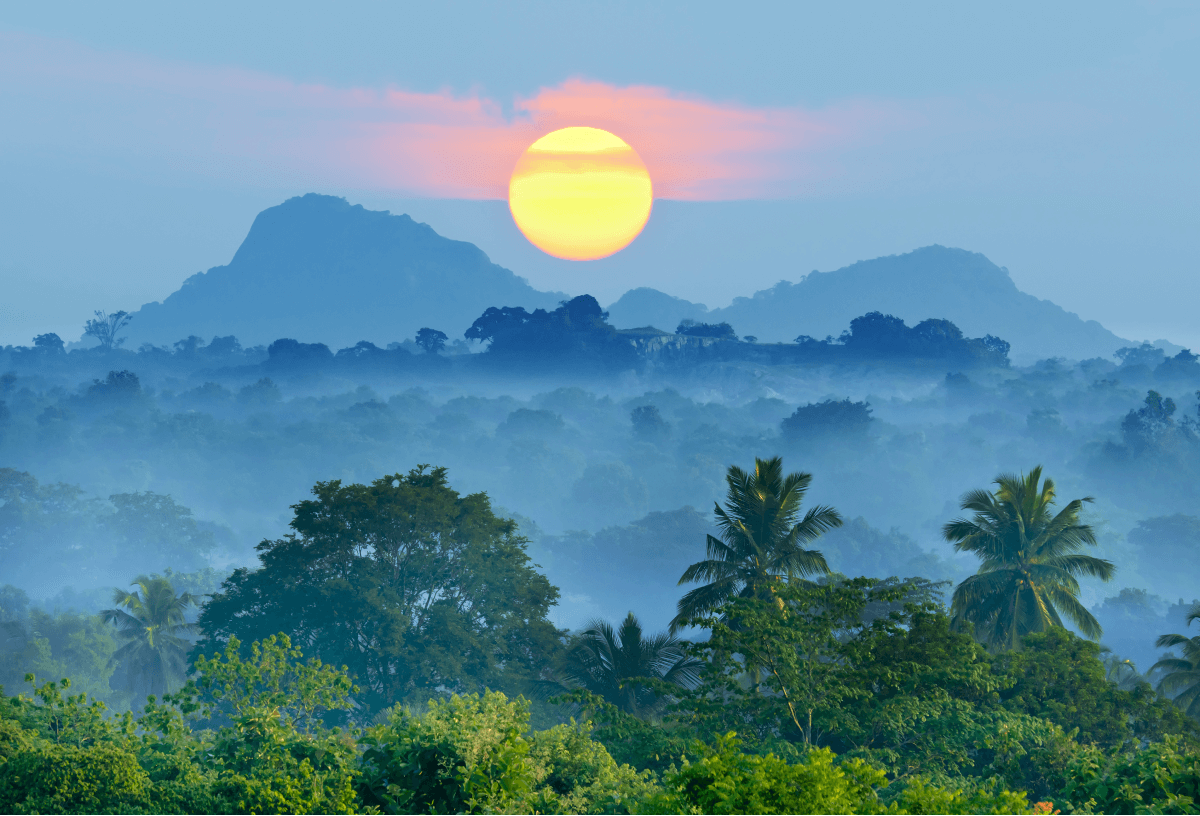
Sri Lanka holidays are a popular pick and for plenty of good reasons – its lush green jungles, dramatic cliffs and rugged hinterlands being just a few. Sri Lanka has everything from sublime beaches to bustling city streets, all connected by scenic train rides and whizzing tuk-tuk tours. It’s a country that’s gone from a backpacker’s retreat to a mainstream tourism destination with something for everyone.
As well as being a beautiful holiday destination, Sri Lanka has a rich history, a tonne of traditions and much more than just it’s incredible views. It’s always good to know a few things about the destination you’re travelling to, so here’s a few facts about Sri Lanka to get you started.

Food and drink in Sri Lanka
Tea & Coffee
We all know and love Sri Lanka’s relationship with tea – but if you didn’t, Sri Lanka is one of the biggest exporters of tea in the world. But what might surprise you is that it was actually coffee that was the original Sri Lankan cash crop. During the 1860s however, a nasty disease swept across the country’s coffee plants, wiping them out. From there, the colonial powers of the time introduced tea instead, which even now that Sri Lanka is a happily independent country, that love of growing tea has still remained.
Cinnamon
Love a cinnamon latte? So do we! That distinctive and delicious spice actually originated in Sri Lanka and caught the attention of the world as far back as the times of Ancient Egypt. It may not have been the drink of choice for many Pharoahs, but Sri Lankan cinnamon has continued to be incredibly popular, so much so Sri Lanka is solely responsible for 90% of the world’s entire supply.
Rice
Rice is had for breakfast, lunch and dinner here in Sri Lanka and is the staple food for the nation. Interestingly, rice tends to make up for over half of the calorie intake for Sri Lankans – sounds pretty good, right? Rice and curry is the main feature of almost every meal, as well as potatoes and noodles, but rice is by far considered the most important.
Ice cream
Basking in the blaring sunshine abroad calls for only one thing – a good old Mr Whippy from the ice cream van. Of course, this means you’re waiting to hear that famous twinkly melody that just makes your inner child beam, but in Sri Lanka that twinkly melody won’t bring you a 99, instead patisserie goods (just as good if you ask us). The good news is ice cream vans are all over Sri Lanka, they just don’t make the quite literal song and dance about it we’re all familiar with.
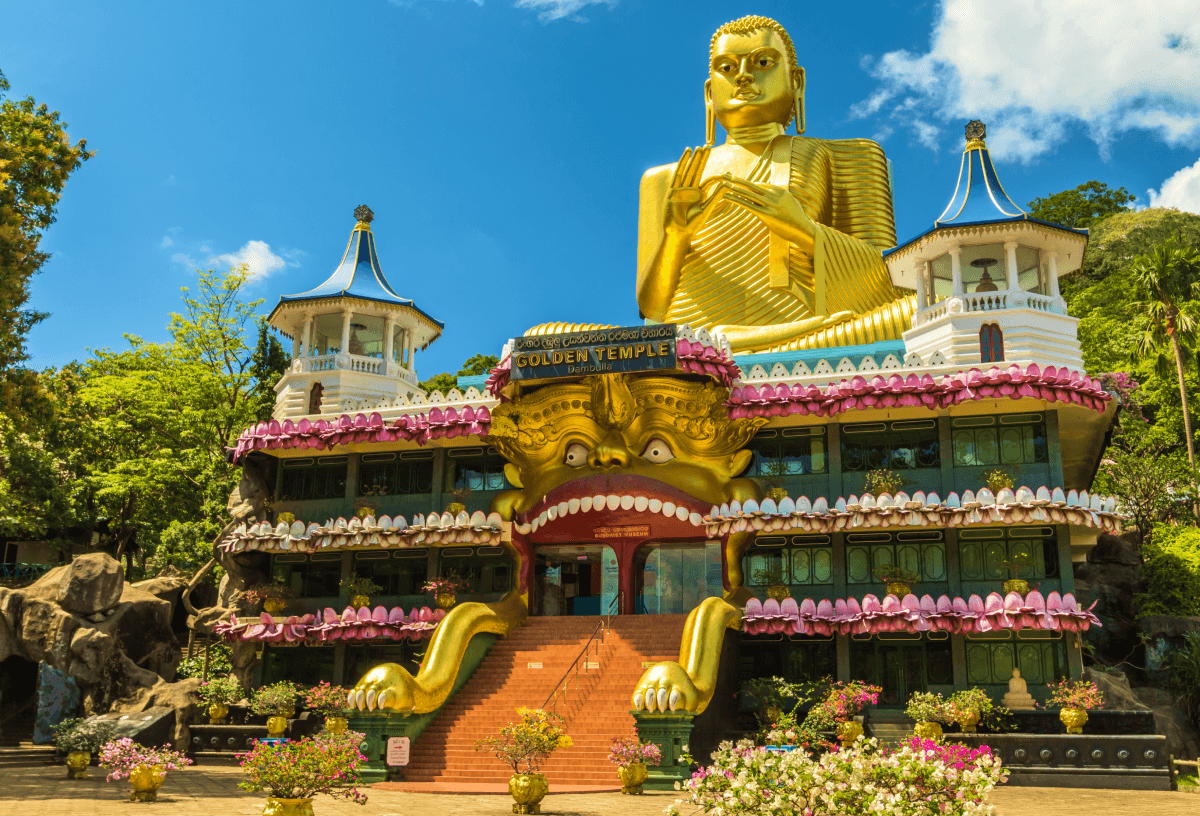
Sights and landmarks in Sri Lanka
Waterfalls
The fantastic waterfalls that cover Sri Lanka entice travellers time and again, yet they also provide massive amounts of hydroelectric power to the island. In fact, most of the electricity in Sri Lanka is produced this way, making the country almost as environmentally friendly as Iceland.
Adam’s Peak
One of Buddhism’s most holy sites, the mountain known as Adam’s Peak, is right here in Sri Lanka. It’s said to be where the footsteps of Buddha were left behind, for those who follow Buddhism’s teachings to walk alongside. It’s traditional to climb to the top of the mountain by candlelight when you’re tracing those steps.
Temples
Sri Lanka is strewn with ancient cities, temples and Buddhist symbols, many of which demonstrate beautiful artworks with religious paintings adorning the monuments. At Sigiriya Rock Fortress, the walls lining the path are awash with frescoes of Sri Lankan women, which UNESCO recognises as the artistic heritage of man. The temples, palaces and gardens of the ancient Anuradhapura and Polonnaruwa cities have some of the finest decorative architecture and sculpture in Southern Asia. Polonnaruwa’s Hindu sculptures demonstrate the coexistence of Buddhism and Hinduism as far back as the 11th century.

Culture in Sri Lanka
Gender equality
Sri Lanka holds the title of being the first country in the world to inaugurate a female Prime Minister. In 1960, Sirimavo Banadaranaike rose as the first woman to hold office as Prime Minister, and after that five-year tenure she rose again in 1970 and 1994 for a six-year span each time. Interestingly, female rulers were revered here even in antiquity.
Nation of smiling people
It’s often great to hear that the place you’re travelling to has friendly locals, but when referring to Sri Lanka, friendly locals is a guarantee. One of the island’s nicknames is the Nation of Smiling People, and it’s very common that no matter what someone may be facing they’ll have a big grin and kind word for you. In fact, before you know it, your taxi driver could be inviting you back for dinner with his wife and kids, or you could be bundled together with a troupe of young folks ready to take you to the best beach party the coast has ever seen.
Literacy rate
The interesting thing about Asia is that it’s so diverse, and that’s made for a huge range of cultures over the centuries. Some of those countries have historically committed to education in different ways than others, but in Sri Lanka’s case education is a huge focus, so it’s A+ and top marks for everyone consistently. Year on year, the literacy rate among both genders here is always over 90%.
Sri Lankan currency
In Sri Lanka they use their own form of Rupee, which is divided down into 100 cents. That’s simple enough to remember, yet for many holidaymakers, what’s often surprising is how at first even notes of the same denomination seem to not match others of their kind. That’s because three different institutions have been responsible for printing Sri Lankan banknotes over the last century and a half, which makes the circulation of currency quite the jolly mish-mash.
Religion in Sri Lanka
The most prominent form of religion in Sri Lanka is Buddhism, which has been practiced on the island for some 2,300 years. In fact, the Theravada form of Buddhism originated in Sri Lanka and has since spread to other parts of Southeast Asia. Hinduism has also influenced Sri Lanka from nearby India and both religions are very much embedded into the culture of the island, as well as being the focus of numerous festivals. The biggest religious celebrations in Sri Lanka revolve around the Buddha’s birth, enlightenment and death on Poya days, with the May festival of Vesak Poya being particularly vibrant.

A few more general facts about Sri Lanka
Appreciation of animals and nature
In general, Sri Lankans have a simple way of life and a strong appreciation of nature, holding birds in particularly high regard. Many Sri Lankans believe that local gods travel on birds, with the peacock being the sacred bird of the God Kataragama. Sparrows are revered as bringing good luck, so people leave nests outside their home for them. Many flags, arts and crafts symbolising the country also use birds as their icon.
Sri Lankan flag
Sri Lanka is actually said to have one of the oldest flags in the world, extending back centuries. Their flag is one of the only ones in the world recognised as representing multiple religions and faiths in one collective show of symbolism, which speaks massively on the sense of equality that Sri Lanka has always embodied. Its flag includes Buddhist, Muslim and Hindu motifs.
Celyon
Until as recently as 1972, Sri Lanka was known as Ceylon. The name is still used on some older public buildings in the country today and stems back from the colonial era and beyond. Sri Lanka’s position on the globe made it a trading gateway between the West and East that was adored by the Dutch and explorers from Portugal. It’s not the only alternative name Sri Lanka’s ever had, either. Even today, it keeps such evocative nicknames as The Teardrop of India, due to the overall shape of a map of Sri Lanka.
Dogs
Unlike at home, when you see fury friends roaming the streets, it’s more than likely you’ll see friendly tan, white or brown pooches with perky pointy ears and a long, slender snouts – consistently. You guessed it, Sri Lanka only has one breed of dog, which is quite strange to think about when you think how many breeds we have.
Yes or no?
Sri Lankan’s people are a friendly lot, and you’ll know that for yourself as soon as you start meeting the locals. However, there’s one little cultural characteristic to bear in mind – when people in Sri Lanka agree with something or want to say yes, they do so with a slight waggle of their head that, to Europeans and other people, looks like they’re actually saying no. Keep this in mind to save yourself some confusion – they’re actually saying yes!
‘Hotel’
A cultural quirk of Sri Lanka is that places like cafes, restaurants and bars adopt the word ‘hotel’ into their names, even if they don’t actually offer any lodgings. Reasons behind this are unclear, although if the locals are asked, they’ll often tell you that it simply became a trendy thing to do over the years. It’s something to keep in mind – you don’t want to accidentally walk into a bakery thinking you’re about to check in.
The importance of cows
In Jaffna and other northern parts of Sri Lanka, cows are free to roam as they please, and that means they’ll quite cheerfully stroll about through the city centre, even at rush hour. Luckily, you might not be driving that much, but it’s still amusing to see people in their cars honking their horns at cows who simply aren’t fazed in any way while they stand right there in the middle of the intersection. You can only imagine!
Cricket
Sri Lanka is a country where they love a good game of cricket. Any fan of the sport will tell you that this country knows how to play and play well, but what many people don’t realise is that cricket isn’t actually Sri Lanka’s national sport. Instead, it is actually volleyball.
If you knew even one of these facts about Sri Lanka then we’re suitable impressed! If not, you’ve learnt a few new and interesting facts – even some funny.
If these facts about Sri Lanka have encouraged you to visit, we have tons of exclusive online discounts on Sri Lanka holiday deals you should check out.

